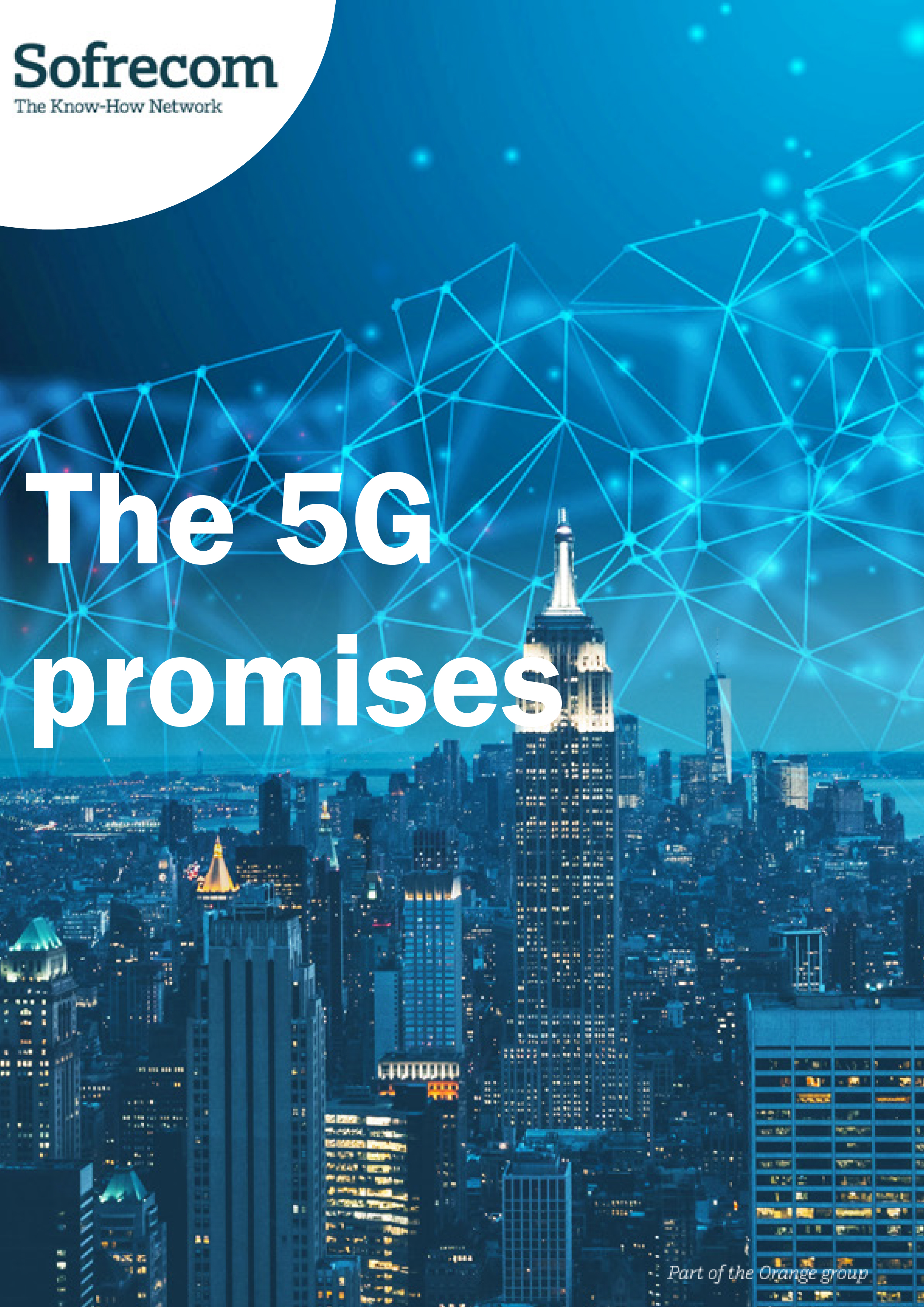
Africa now has 11 million customers and more than 70 active 4G networks whose launches were concentrated in 2016. What are the reasons for the rapid growth of 4G in Africa and what strategies have operators put in place to win over customers?
Launches of 4G networks proliferated in 2016 due to the granting of licenses by regulators but also to the arrival of challengers who want to remain in the race after the launch of the first 4G operator on their market: the first operators to act benefit from the “first mover advantage” allowing them to retain their customers and recruit those of their competitors. But challengers can exploit technological advances, allowing them for instance to move directly from 3G to 4G+ (LTE-A).
Technological drivers specific to the African continent
Chinese equipment manufacturers are playing an important role in the takeoff of 4G in Africa by facilitating the operational and financial rollout of networks through a dedicated Chinese funding agency. Huawei employs 10,000 people in Africa and has opened several training centres in South Africa, Egypt and Tunisia.
In addition, the rate of smartphone ownership is playing a major role in the democratisation of 4G. Chinese manufacturers have greatly contributed to making smartphones more accessible by developing “low-cost” devices. As for operators, they are offering packages with a promotional device and data included to reduce the purchase cost.
African operators also enjoy a further advantage: with many having opted for WiMAX for mobile broadband, which has ultimately been replaced by LTE, TD-LTE offers them the opportunity for rapid switchover, using the same frequency bands. According to Huawei, the rollout of a TD-LTE network is 30% cheaper than that of an FD-LTE network. GSMA estimates that 25% of African 4G networks use TD-LTE and 10% of African 4G subscribers are using this technology (June 2016).
Strategies tailored to the various groups: outlook and resources
Customer expectations in terms of browsing speed are increasingly high and operators have recognised the potential that 4G offers in cities, especially among more affluent groups. This clientele is very receptive to improved browsing convenience, both within the home and on the move. 4G provides an alternative solution to residential landlines, which are not reliable enough and not well suited to new uses such as HD streaming.
To attract as many customers as possible, operators have segmented their offer: for low-value customers, they offer small volumes of data and promotions.
For more demanding and affluent customers, operators offer tiered pricing packages to meet their speed and volume requirements. Some also offer streaming content like Deezer or ICFLIX.
Digital technology is expected to amount to one tenth of Africa’s GDP (i.e. $300 billion) in ten years according to Thierry Breton (CEO of Atos) and Alexandre Zapolsky (CEO of Linagora). Development on the continent is not easy due to a lack of infrastructure, but mobile technology enables Africans to access services that significantly improve their daily lives.
The democratisation of 4G in cities will be the next step in the rollout of 4G in Africa ahead of its large-scale introduction into rural areas enabling them to make a real leap forward in terms of development.





